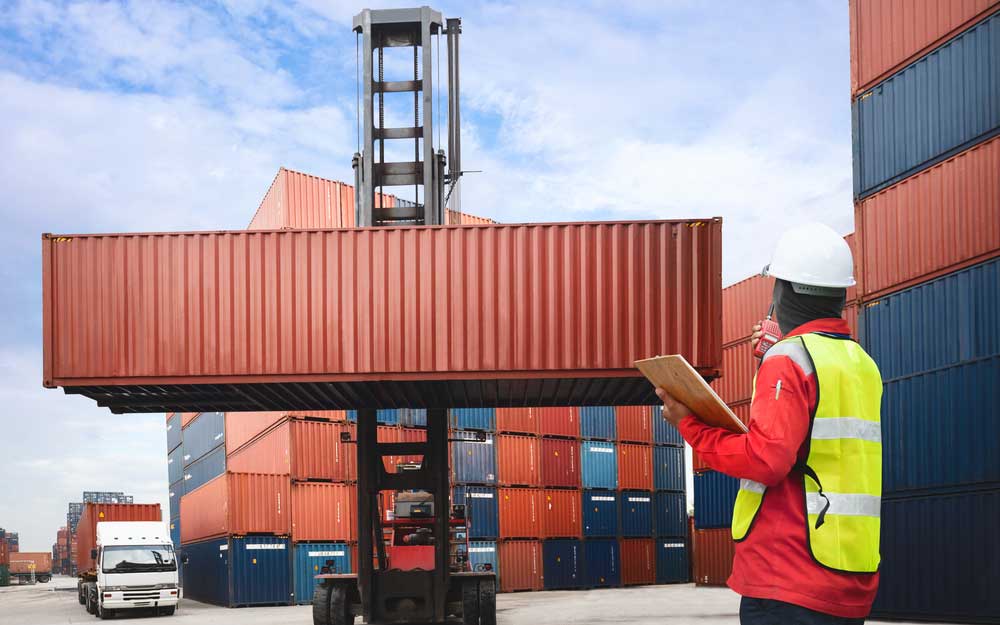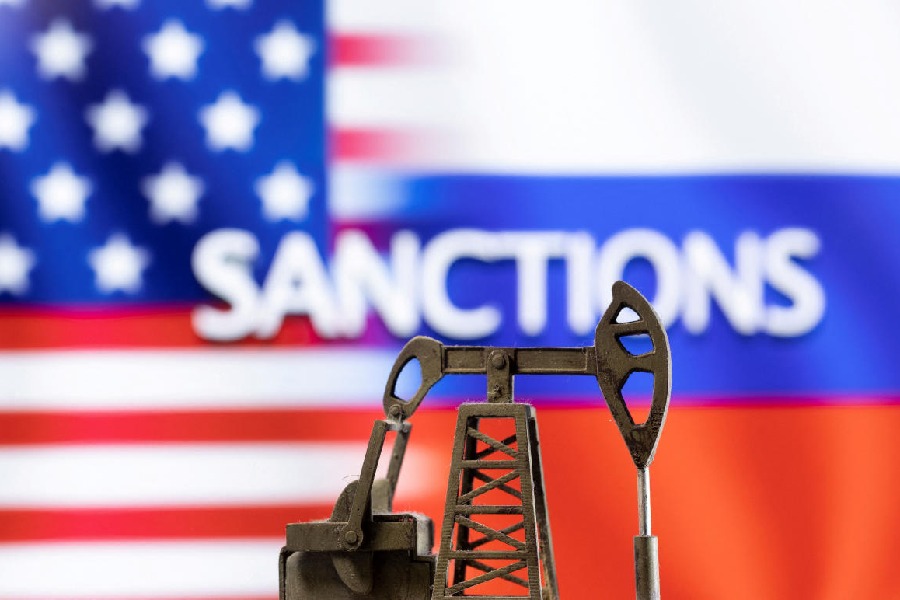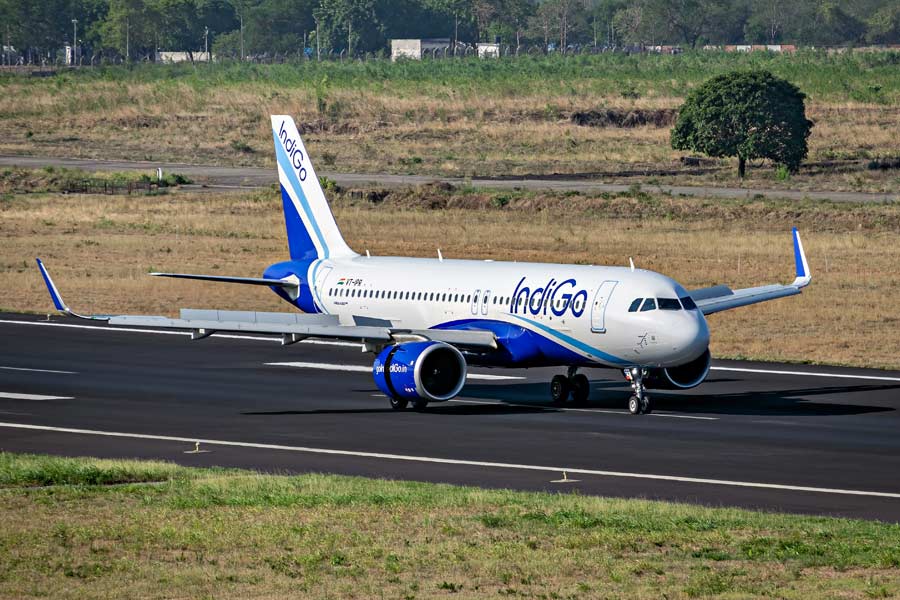Exporters have expressed concern over the lack of credit to the sector and urged the government and the Reserve Bank of India to take appropriate steps to achieve the target of $375 billion in shipments for the next financial year.
“The small and medium enterprise exporters are the worst sufferers and the lack of credit equally affects our export performance,” Ganesh Kumar Gupta, president of the Federation of Indian Export Organisations (Fieo), told The Telegraph.
He said there was a need to increase the flow of credit to the sector by encouraging banks and also ensuring the online filing, processing and monitoring of export credit.
According to the latest RBI data, export credit came down 45.5 per cent in January from a year ago. Estimates for the current fiscal indicate the credit falling 38.1 per cent.
Export credit, which is on the priority sector lending list of banks, fell to Rs 17,500 crore in January 2019 from Rs 32,100 crore in January 2018. The overall priority sector growth was 9.4 per cent in the same period and showed that advances to exporters were not given due priority.
“The decline in absolute terms is a cause for concern for exporters… Though the RBI has cut the repo rate by 25 basis points, but whether that will translate into a reduction in cost of credit to exporters, especially for the MSME sector, is yet to be seen,” the FIEO president said.
Gupta said the efforts of commerce minister Suresh Prabhu, who is taking several steps to promote exports, would not materialise if banks fail to lend adequately at affordable rates.
He said the banks were taking enormous time and asking for voluminous documents even for the renewal of limit. Banks should grant limit within a reasonable time frame of 30 days and should not raise objections in a frivolous manner to delay the process.
On the e-wallet scheme, which is supposed to be implemented from April 1, Gupta said “not much progress is visible and seems unlikely that it would take on from next month”.
He said the GST Council should provide for “an outright exemption window to exporters as was in existence before the GST regime to mitigate the liquidity problem”.
The e-wallet eliminates the process of exporters having to seek refunds after paying taxes.
Under this mechanism, a notional credit would be deposited in the exporters’ accounts on the basis of their past record. This would be similar to a virtual payment system where exporters will pay the notional duty and get notional refunds later.
Claiming refunds against input tax credits is a cumbersome process even though refunds under the integrated GST regime are being processed quickly.
Gupta said exports had done well despite increasing protectionism, tough global conditions and constraints on the domestic front.
During the April-February period of the current fiscal year, exports grew 8.85 per cent to $298.47 billion, while imports rose 9.75 per cent to $464 billion.
The trade deficit has widened to $165.52 billion during the 11 months of the current fiscal from $148.55 billion in the year-ago period.
“The economies across Asia, especially China and the Southeast Asian nations, have been showing signs of sluggishness with contraction in manufacturing because of the slowdown in global trade and a fragile world economy,” he said.
China’s exports contracted 20.7 per cent in February, the largest decline in three years, while imports fell 5.2 per cent, stirring fears of a trade recession.
He said the country could take advantage of the global situation and boost its exports if pro-active measures are taken by the authorities, which can result in exports touching $375 billion next fiscal.
While scaling down global growth by 20 basis points to 3.5 per cent on the back of sustained trade tensions between the US and China, the International Monetary Fund said India’s economy is poised to pick up from 7 per cent a year ago to 7.5 per cent in 2019-20, benefiting from lower oil prices and a slower pace of monetary tightening than previously expected as inflation pressures ease.










